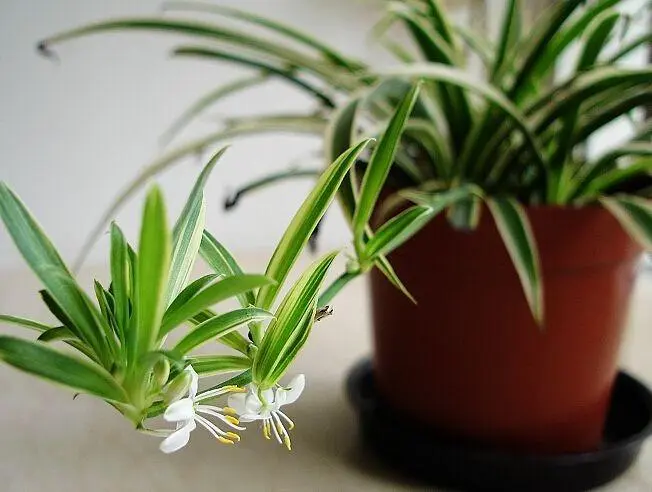How to Care for Spider Plant at Home

Spider plants are known for their graceful appearance and air-purifying qualities, making them a popular choice for indoor gardening. Here is a practical guide on how to care for spider plants at home.
Suitable Plants for Home Growing
Selecting a healthy spider plant is crucial. Look for plants with vibrant green leaves free of spots, browning edges, or yellowing. The roots should be well-developed, white or light brown, and not showing signs of rot. When purchasing, opt for plants with a full shape and glossy leaves, as they are more likely to adapt to new environments and grow quickly.
Growth Environment
Spider plants prefer partial shade and do not tolerate direct sunlight well. They thrive in bright, indirect light. Indoor temperatures should be maintained between 59-77 degrees Fahrenheit (15-25 degrees Celsius). Choose a location with good air circulation but without strong drafts. Avoid placing near heat sources and air conditioning vents to prevent temperature fluctuations.
Watering
The watering principle for spider plants is "better under than over, and water thoroughly." Typically, water once or twice a week, adjusting the frequency according to the season and indoor temperature. Increase watering slightly in summer and reduce in winter. When watering, ensure it's thorough enough that water drains out the bottom, but avoid waterlogging to prevent root rot.
Fertilizing
Spider plants do not require frequent fertilization. During the growth seasons of spring and fall, fertilize once a month with a diluted liquid fertilizer. Stop fertilizing during winter and hot periods. When applying fertilizer, avoid contact with leaves and the base of the plant to prevent burns.
Pruning
Regular pruning promotes a fuller spider plant. Remove yellow or brown leaves and trim long tendrils to stimulate new growth and maintain an attractive plant shape. Use sharp scissors for pruning to avoid unnecessary damage.
Pest and Disease Control
Spider plants are relatively resistant to pests and diseases, but it's still important to regularly check the underside of leaves and the soil. If pests are found, gently wipe them off with a soft cloth or use appropriate biological pesticides. If disease appears, promptly remove diseased leaves, disinfect the affected area, and use fungicides if necessary. Proper ventilation and adequate light can effectively prevent the occurrence of pests and diseases.
Using an APP for Auxiliary Care
With our carefully crafted "Bloomia" APP, you can easily manage and record the care process of your rubber tree. Whether it's watering, fertilizing, or pruning, every care operation can be recorded in the APP, making your gardening journey orderly. What's more, the "Bloomia" APP also provides a care reminder function. You can set reminders according to the care needs of the rubber tree, so you no longer have to worry about forgetting to water or fertilize. In addition, the "Bloomia" APP allows you to record every growth moment of the rubber tree with photos. Whether it's the tender green of new leaves unfolding, or the fullness of vigorous growth, all can be captured in photos, allowing you to savor the green tranquility and joy anytime in your busy life.